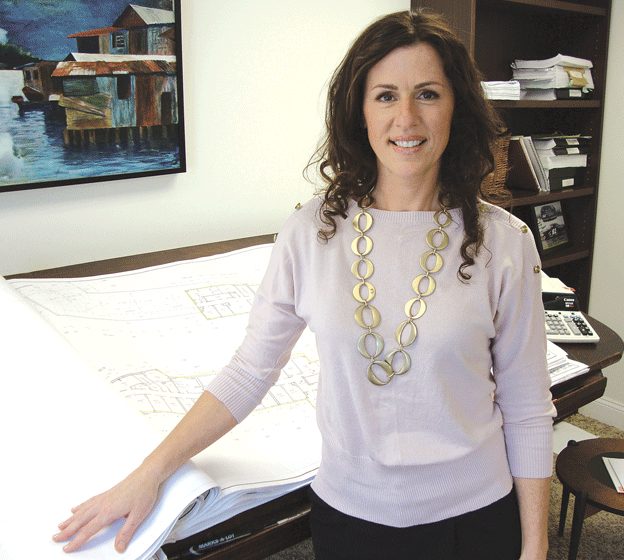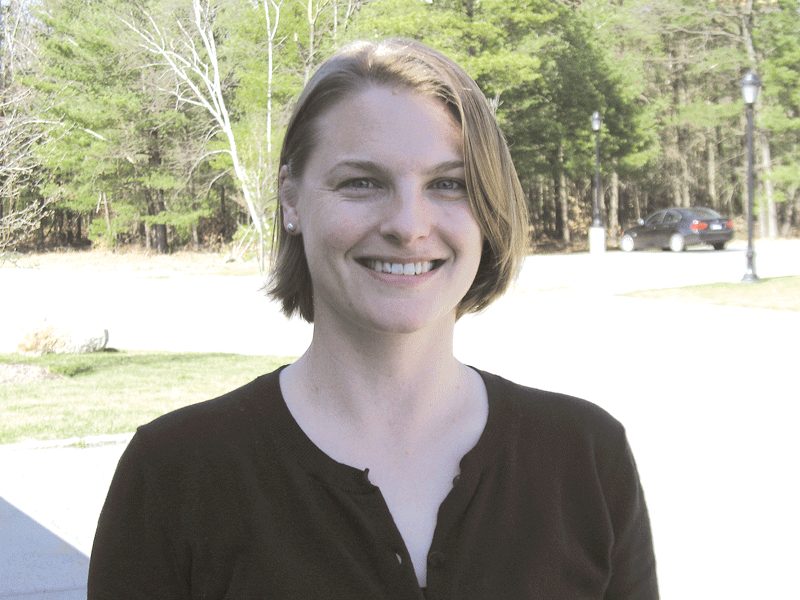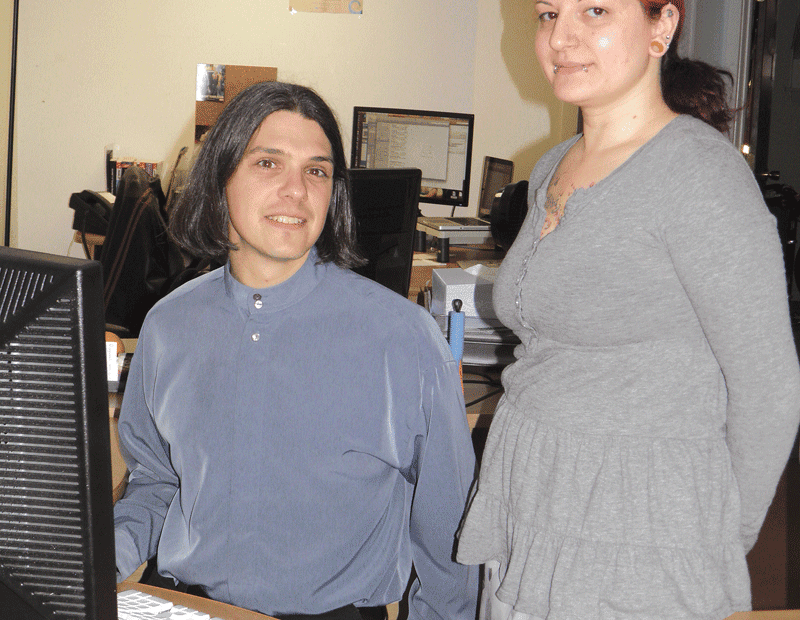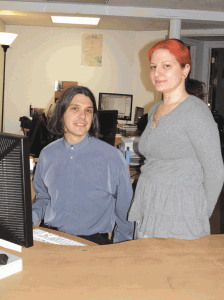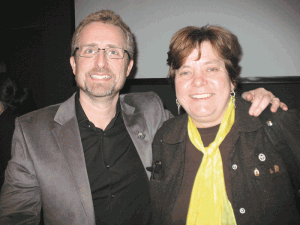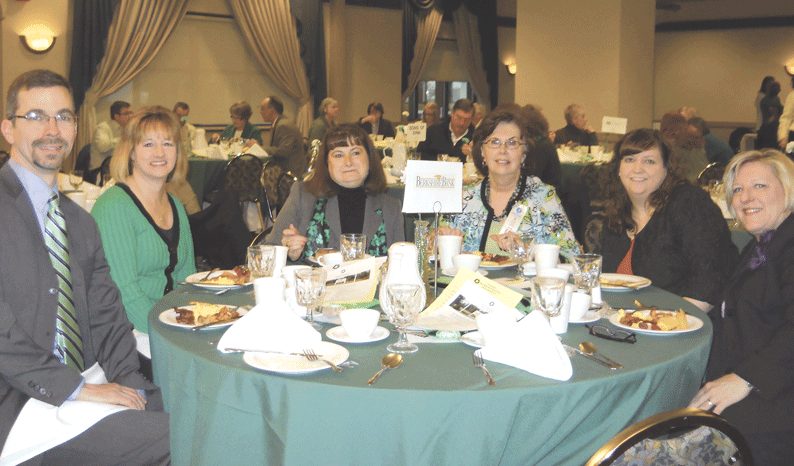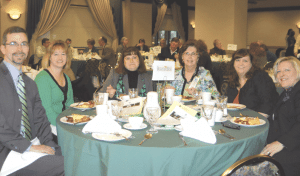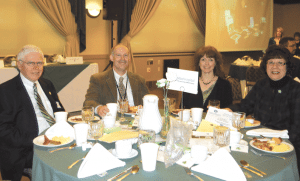The following bankruptcy petitions were recently filed in U.S. Bankruptcy Court. Readers should confirm all information with the court.
Acevedo, Denise M.
107 Barre St.
Springfield, MA 01119
Chapter: 7
Filing Date: 02/21/12
Alibozek, Michael J.
32 East Road
Adams, MA 01220
Chapter: 7
Filing Date: 02/29/12
Allen, Robert Q.
Allen, Catherine M.
14 Coakley Dr.
Chicopee, MA 01020
Chapter: 7
Filing Date: 02/23/12
Barszewski, Joanne Mary
392 Montague Road #22
Sunderland, MA 01375
Chapter: 7
Filing Date: 02/27/12
Bass, Ingrid E.
359 Springfield St.
Feeding Hills, MA 01030
Chapter: 7
Filing Date: 02/28/12
Beaudry, Francis H.
P.O. Box 907
Warren, MA 01083
Chapter: 7
Filing Date: 02/28/12
Belisle, Penny M.
513 Springfield St.
Chicopee, MA 01013
Chapter: 7
Filing Date: 02/17/12
Berthiaume, Nathan H.
413 Belchertown Road
Ware, MA 01082
Chapter: 13
Filing Date: 02/23/12
Brown, Robert A.
148 Hillsdale Road
Great Barrington, MA 01230
Chapter: 13
Filing Date: 02/23/12
Brunette, Steven P.
26 Chestnut St.
Hatfield, MA 01038
Chapter: 7
Filing Date: 02/21/12
Busbin, John R.
79 Evergreen Dr.
Holyoke, MA 01040
Chapter: 7
Filing Date: 02/28/12
Carmody, Julia M.
49 Enfield St.
Indian Orchard, MA 01151
Chapter: 7
Filing Date: 02/21/12
Carver, Jonathan David
52 Irene St.
Springfield, MA 01108
Chapter: 7
Filing Date: 02/21/12
Cayer, David S.
105 Island Pond Road
Springfield, MA 01118
Chapter: 7
Filing Date: 02/27/12
Chambers, Molly P.
85 Crescent St.
Greenfield, MA 01301
Chapter: 7
Filing Date: 02/17/12
Chasles-Snyder, Gigi M.
a/k/a Chasles Labbe, Gigi M.
48 Claverack Road
Whately, MA 01093
Chapter: 7
Filing Date: 02/20/12
Cora, Crystal
a/k/a Mccarthy, Crystal
111 Malibu Dr.
Springfield, MA 01128
Chapter: 7
Filing Date: 02/29/12
Crocker, Donna Haley
76 Hazelwood Ave.
Longmeadow, MA 01106
Chapter: 13
Filing Date: 02/22/12
Cumba, Jose Antonio
Cumba, Maria Mercedes
44 Webster St., 1st Fl.
Springfield, MA 01104
Chapter: 7
Filing Date: 02/21/12
Dargis, Tatiana
a/k/a Banari, Tatiana
1161 Westfield St.
West Springfield, MA 01089
Chapter: 7
Filing Date: 02/17/12
Davila, Maria E.
66 Jenness St.
Springfield, MA 01104
Chapter: 7
Filing Date: 02/17/12
Daye, Martin Oliver
24 East Cleveland St.
Greenfield, MA 01301
Chapter: 7
Filing Date: 02/23/12
Deblois, Normand P.
Deblois, Leona Rose
1157 Elm St., Apt 5
West Springfield, MA 01089
Chapter: 7
Filing Date: 02/17/12
Delnegro, Andrew F.
Delnegro, Judy A.
74 Mill Road
East Longmeadow, MA 01028
Chapter: 7
Filing Date: 02/27/12
DeMeyer, Tracy A.
25 Keegan Lane 8C
Greenfield, MA 01301
Chapter: 7
Filing Date: 02/20/12
Desmond Landscaping
White, Desmond
17 Cloran St.
Springfield, MA 01109
Chapter: 7
Filing Date: 02/27/12
Desousa, Ruy T.
97 Water St.
Palmer, MA 01069
Chapter: 7
Filing Date: 02/28/12
Dialessi, Robert G.
Dialessi, Lynn P.
22 Reed St.
Agawam, MA 01001
Chapter: 7
Filing Date: 02/22/12
Dondey, Joseph P.
41 Newell St.
Pittsfield, MA 01201
Chapter: 7
Filing Date: 02/28/12
Dondey, Torey L.
a/k/a Lheureux, Torey
41 Newell St.
Pittsfield, MA 01201
Chapter: 7
Filing Date: 02/28/12
Dowers, Amy M.
PO Box 175
Chester, MA 01011
Chapter: 7
Filing Date: 02/29/12
Dumas, Eric Joseph
339 Grattan St.
Apartment 2
Chicopee, MA 01020
Chapter: 7
Filing Date: 02/27/12
Dyer, Tiffany L.
29 Quincy Ave., Apt 1
Chicopee, MA 01020
Chapter: 7
Filing Date: 02/20/12
Echevarria, Juan J.
17 Washington Ave.
Holyoke, MA 01040
Chapter: 13
Filing Date: 02/29/12
Edwards, Phillip Arthur
Edwards, Nancy Ann
P.O. Box 205
Shutesbury, MA 01072
Chapter: 7
Filing Date: 02/20/12
Gautier, Jennifer V.
17 Halsey St.
Springfield, MA 01104
Chapter: 7
Filing Date: 02/16/12
Hebler, Todd M.
52 Newell St.
Pittsfield, MA 01201
Chapter: 13
Filing Date: 02/21/12
Henderson, Jennifer G.
P.O. Box 751
Sheffield, MA 01257
Chapter: 7
Filing Date: 02/21/12
Hrycay, Kenneth
28 Horseshoe Dr.
Chicopee, MA 01022
Chapter: 7
Filing Date: 02/29/12
Jones, Edward A.
Jones, Gail A.
185 Pinegrove Dr.
Pittsfield, MA 01201
Chapter: 7
Filing Date: 02/29/12
Joseph-James, Katrika N.
71 Whittier St.
Springfield, MA 01108
Chapter: 7
Filing Date: 02/21/12
Kasperek, Christopher Paul
306 Barry St.
Feeding Hills, MA 01030
Chapter: 13
Filing Date: 02/17/12
Kazonis, Michael
62 Middle St.
Florence, MA 01062
Chapter: 7
Filing Date: 02/20/12
Kennedy, Mary Ellen
20 Granby Heights
Granby, MA 01033
Chapter: 7
Filing Date: 02/23/12
LaFrance, James A.
P.O. Box 344
South Deerfield, MA 01373
Chapter: 7
Filing Date: 02/20/12
Langlois, Theodore
418 Meadow St. #A9
Agawam, MA 01001
Chapter: 7
Filing Date: 02/29/12
Lenkowski, Cara M.
10 Prospect St.
Easthampton, MA 01027
Chapter: 7
Filing Date: 02/29/12
Lovely, Michael S.
116 Polaski Ave.
Chicopee, MA 01013
Chapter: 7
Filing Date: 02/23/12
Lussier, Keri A.
267 Ridge Road
Athol, MA 01331
Chapter: 7
Filing Date: 02/27/12
MacKay, Bonnie L.
a/k/a MacKay-Vachula, Bonnie L.
42 Basket St.
Huntington, MA 01050
Chapter: 7
Filing Date: 02/29/12
Macznik, Eric A.
Macznik, Claudia C.
52 Posner Circle
Ludlow, MA 01056
Chapter: 13
Filing Date: 02/23/12
Manning, William J.
18 Palmer Road Unit 17
Monson, MA 01057
Chapter: 7
Filing Date: 02/29/12
Manzoor, Muhammed T.
165 Lumae St.
Springfield, MA 01119
Chapter: 7
Filing Date: 02/24/12
Martell, Jan S.
Martell, Tammi A.
130 Bacon Road
Ware, MA 01082
Chapter: 7
Filing Date: 02/29/12
MBS Enterprises
New Day Real Estate
Seward, Michael Brett
P.O. Box 829
Bondsville, MA 01009
Chapter: 7
Filing Date: 02/23/12
McClintock, Saundra D.
443 Beech St.
Holyoke, MA 01040
Chapter: 7
Filing Date: 02/29/12
Melbourne, Mary E.
39 Agnes St.
Springfield, MA 01118
Chapter: 7
Filing Date: 02/16/12
Michienzi, Audrey
106 Wilson Road
Barnardston, MA 01337
Chapter: 13
Filing Date: 02/21/12
Moore, Roberta F.
a/k/a Sczepanski, Roberta F.
95 Syrek St.
Chicopee, MA 01020
Chapter: 7
Filing Date: 02/28/12
Morales, Alberto M.
3 Carriage Lane
Amherst, MA 01002
Chapter: 7
Filing Date: 02/20/12
Moriarty, Laura M.
66 Pleasant St., Apt. 3R
Easthampton, MA 01027
Chapter: 7
Filing Date: 02/28/12
Murray, Aaron P.
Warfield, Elizabeth A.
367 Union St.
Springfield, MA 01105
Chapter: 7
Filing Date: 02/29/12
Nalewanski, Rachael Leigh
19 Stone Path Lane
Easthampton, MA 01027
Chapter: 7
Filing Date: 02/27/12
O’Neil, Judith A.
87 East Road
Adams, MA 01220
Chapter: 13
Filing Date: 02/27/12
Oster, Tamara M.
30 Kenlee Gardens, Apt. 2R
South Hadley, MA 01075
Chapter: 7
Filing Date: 02/28/12
Ouimette, Tina L.
a/k/a Chaves, Tina L.
68 School St.
Chicopee, MA 01013
Chapter: 7
Filing Date: 02/17/12
Parenteau, Kenneth J.
Parenteau, Geraldine R.
a/k/a Parenteau, Dina R.
111 Glendale St.
Chicopee, MA 01020
Chapter: 13
Filing Date: 02/17/12
Patel, Brijesh D.
112 Florence St.
Leeds, MA 01053
Chapter: 7
Filing Date: 02/21/12
Patenaude, Dana R.
Patenaude, Tami E.
47 Cypress St.
Greenfield, MA 01301
Chapter: 7
Filing Date: 02/17/12
Poole, James
Poole, Carol Garden
847 New Braintree Road
Oakham, MA 01068
Chapter: 13
Filing Date: 02/21/12
Pothier, Richard A.
250 Reed St.
West Warren, MA 01092
Chapter: 7
Filing Date: 02/27/12
Pothier, Sandra L.
250 Reed St.
West Warren, MA 01092
Chapter: 7
Filing Date: 02/27/12
R.C.R. Enterprises, Inc.
Ruscio, Robert C.
Ruscio, Cheryl A.
52 Garden Ave.
Westfield, MA 01085
Chapter: 7
Filing Date: 02/20/12
Ramos, Gary L.
51 Howes St.
Springfield
MA, MA 01118
Chapter: 13
Filing Date: 02/27/12
Redman, Kerry-Ann
33 Ferris St.
Indian Orchard, MA 01151
Chapter: 7
Filing Date: 02/28/12
Richard, Ronald G.
Richard, Mary F.
a/k/a Newhouse, Mary F.
160 slumber Lane
Springfield, MA 01128
Chapter: 7
Filing Date: 02/22/12
Rivera, Roman
a/k/a Nieves/Rivera, Roman
Viera, Milagros
395 Parker St.
Springfield, MA 01129
Chapter: 7
Filing Date: 02/28/12
Roseberry, Rene
Roseberry, Lynn
222 Sheldon Road
Barre, MA 01005
Chapter: 13
Filing Date: 02/27/12
Sierra, Wilfredo
P.O. Box 3626
Springfield, MA 01101
Chapter: 7
Filing Date: 02/27/12
Smith, Michael J.
Smith, Colleen M.
10 Longview Dr.
Wilbraham, MA 01095
Chapter: 13
Filing Date: 02/16/12
Spusta, Kimberlyanne
18 Howard St.
Ludlow, MA 01056
Chapter: 7
Filing Date: 02/29/12
Stanger, Jesse J.
277 Main St.
Sturbridge, MA 01566
Chapter: 7
Filing Date: 02/27/12
Starkey, Courtney L.
97 Congamond Road
Southwick, MA 01077
Chapter: 7
Filing Date: 02/29/12
Strickland, Christine C.
a/k/a Raddatz, Christine
221 Ventora St.
Ludlow, MA 01056
Chapter: 7
Filing Date: 02/29/12
Taylor, Richard W.
Taylor, Virginia A.
13 Charles Place
Athol, MA 01331
Chapter: 7
Filing Date: 02/29/12
Taylor, Steven J.
12 Crestview Dr.
PIttsfield, MA 01201
Chapter: 7
Filing Date: 02/16/12
Tyler, Lemart E.
Tyler, Anne M.
33 Michael Dr.
Westfield, MA 01085
Chapter: 7
Filing Date: 02/29/12
Winslow, David B.
41 C St.
Athol, MA 01331
Chapter: 7
Filing Date: 02/21/12
Zhupikov, Dmitriy
Zhupikov, Yuliya
58 Hanover St.
West Springfield, MA 01089
Chapter: 7
Filing Date: 02/27/12



